Research Article - (2021) Volume 9, Issue 12
Structural Teaching Program on Knowledge of Origins and Prevention on Dengue Fever
K.Kalayarasi and AR. Bharathi*
*Correspondence: AR. Bharathi, Department of Nursing, Bharath Institute of Higher Education and Research, Selaiyur, Chennai, Tamil Nadu, India, Email:
Abstract
Health is a common theme in most culture or community in fact all the community has their concept of health. Health is a essential human right and worldwide social goal that the health is vital to be fulfillment of basic human needs and to improve the quality of life. Good health is a requirement of human dynamic and growing process. Currently numerous communicable diseases are affecting people. Mosquito borne diseases are a major communicable disease. Dengue fever (DF) is an infectious disease transmitted mostly by the bite of the female Ades Aegypti mosquito and represents a great challenge to public health worldwide. Considering dengue as a vector-borne disease, many initial attempts were directed at vector elimination only. These chemical vector control programs have limited feasibility mainly due to program maintenance costs. From the above figure and analysis welcome to comparision that structured teaching programme removed ignore of the people and equipped them with knowledge in dengue.Keywords
Health, Structured teaching programme, Dengue fever, Vector-borne diseaseIntroduction
A new case of dengue fever has been reported the patient is a Mauritian, and was admitted in the jeeto hospital more than a week ago. Dengue fever is also known as break bone fever and caused by virus. Dengue is a communicable disease you can get it if an infected mosquito bites you. Dengue is transmitted by several species of mosquito within the aedes group. Dengue occurs in tropical core as. Sometimes dengue ferns into dengue hemorrhagic fever, which causes bleeding from your nose or under your skin it can also become dengue shock [1].
This is a life - threatening condition. This section covers all about dengue including its complication, causes, treatment, symptoms causes, risk factors, diagnosis and prevention. Also get information on what effects can dengue have on pregnant woman or during pregnancy children and tourists. It can be very demanding to endure dengue fever and skin rash. While there is no specific treatment unfortunately the disease incidence seen to be increase but relief from symptoms is possible [2].
Dengue as become a serious health problem worldwide. And scientist is focusing their attention on understanding how the dengue virus causes disease. As they learn more about how dengue affect the body. Researchers hope to diagnose and treat dengue fever better. Current dengue research also aims to provide better surveillance to limit the effect of dengue epidemics [3].
On important field of basic research is dengue pathogenesis, the study of the process and mechanisms of dengue in humans. Scientist wants to understand how the dengue virus causes damages to the human body and how the immune system responds to a dengue infection so that they can develop new treatments for the disease. For example, researches want to understand why bleeding and vascular leakage occur in patient with dengue illnesses. Knowledge of the disease pathway may help doctors and clinical diagnosis dengue at earlier stages recharges want to final out whether there are genetic factors that result in an increased or decreased risk of infection for individuals. Some people may be genetically suspect able to develop more severe symptoms then other people [4].
Methodology
The methodology includes adopted for the study and includes the description of research design, setting population, the sample size and the sampling technique criteria for selection of samples and the development of data collection and plan for data analysis.
Research design
Pre and posttest evaluation
Variable under study
Age
Education
Income
Settings of the study
The study was conducted at Nandhivaram primary health center. The study population comprised of random Sampling. The sample size consists of 30 people.
Sample selection
? People who were willing to participate in this study.
? People who can speak and understand Tamil.
Sampling technique
The people who random samplings were meeting the inclusion criteria were included in the study.
Results
Table: 1 Shows that 34% of sample belongs to 20-25 years of age, 26% belongs to 26-30years of age and 40% belongs to 31-40 years of age. Regarding qualification 14% were have illetrate. 20% have completes high school education. 40%have completed higher secondary. 26% have completes graduation.Regarding income 50% people having 5,000-10,000 income per month. 20% people having 11,000-15,000 income per month. 30% people having 16,000 incomes per month.
Table 1: Frequency and percentage distribution of selected demographic variables of the sample.
| Demography | Frequency | Percentage | |
|---|---|---|---|
| Age | 20-25 | 10 | 0.34 |
| 26-30 | 8 | 0.26 | |
| 31-40 | 12 | 0.4 | |
| Education | Illiterate | 4 | 0.14 |
| High School | 6 | 0.2 | |
| Higher Secondary | 12 | 0.4 | |
| Graduation | 8 | 0.26 | |
| Income | 5,000-10,000 | 15 | 0.5 |
| 11,000-15,000 | 6 | 0.2 | |
| 16,000 Above | 9 | 0.3 | |
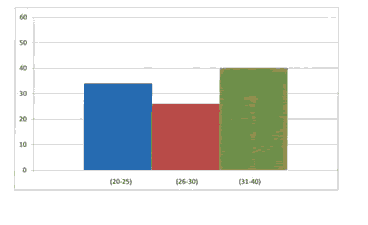
Figure 1: Frequency and percentage distribution of demographic variables of the samples.
Reveals that 34% belongs to 20-25 years age group, 26% belongs to 26- 30 years age group and 40% belongs to 31-40 years age group.
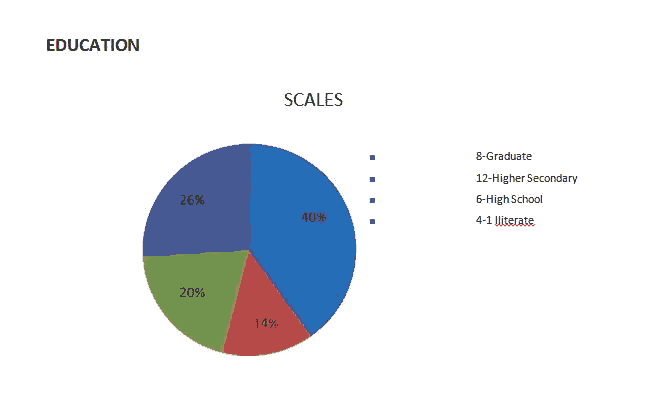
Figure 2: Reveals that majority of the subjects had completed higher secondary.
26 % had completed graduation. 14 % were having illiterate.
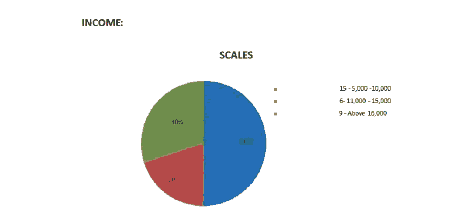
Figure 3: Reveal that 50% people having 5,000 -10,000 income per month. 20% people having 11,000- 15, 000 income per month. 30% people having 16,000 income per month.
Table 2: Frequency and percentage distribution of pre-test knowledge scores on causes and prevention of dengue fever.
| Knowledge | Frequency | Percentage |
|---|---|---|
| Adequate(<70) | 3 | 0.1 |
| Moderate(45-70) | 17 | 0.334 |
| Verypoor(below40) | 10 | 0.566 |
Percentage distribution on level of pretest knowledge scores on causes and prevention of dengue.
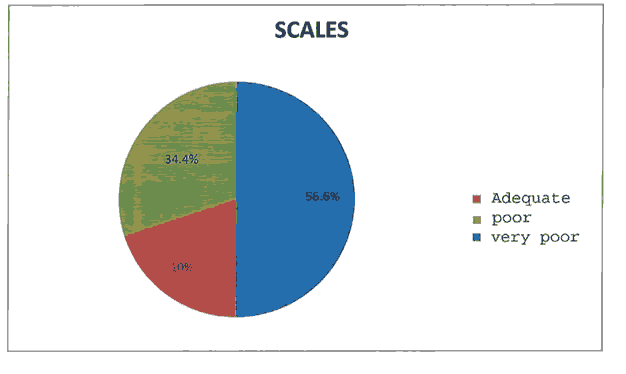
Figure 4: Reveals that in the pre-test majority of the population 56.6% had very poor knowledge, while 33.4% had poor knowledge and 10% had average knowledge about causes and prevention of dengue fever.
Percentage distribution level of post knowledge scores of people on causes and prevention of Dengue fever.
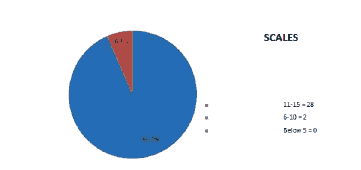
Figure 5: Reveals that in the post test, 93.4% of the sample have adequate knowledge, 6.6% had unadequate knowledge and none of them had inadequate knowledge about causes and prevention of dengue fever.
Comparing pre-test and postnatal knowledge on dengue causes and prevention among general people.
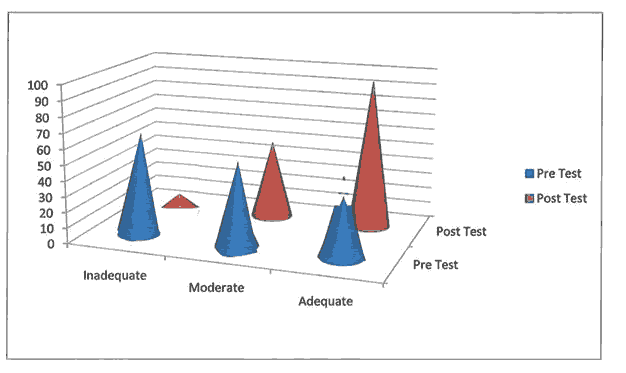
Figure 6: Shows the comparison of pre test and post test knowledge of study samples. After structured techning programme the knowledge of the samples had increased from 0% to 93.4%(Adequate).
A study was conducted to determine the effectiveness of structured teaching programme on causes and prevention of dengue among random people at Nandhivaram. First pretest was conducted from random people following this structured teaching programme was conducted using various A.V aids, post test was conducted and comparisons was done with the pretest and post test scores the effectives the structure teaching programme was assured for this purpose descriptive statistics (frequency, percentage) test we are used to analysis the data as two test the study hypothesis
Conclusion
From the above figure and analysis welcome to comparision that structured teaching programme removed ignore of the people and equipped them with knowledge in dengue. So it promote that effective teaching creat awareness in health among people and equipe them with knowledge to prevent dengue and reduce mortality rate [5].
Funding
No funding sources
Ethical Approval
The study was approved by the Institutional Ethics Committee.
Conflict Of Interest
The authors declare no conflict of interest.
Acknowledgments
The encouragement and support from University, Chennai, India is gratefully acknowledged for providing the laboratory facilities to carry out the research work.
References
- Gupta, P., Kumar P, and Aggarwal OP. "Knowledge, attitude and practices related to dengue in rural and slum areas of Delhi after the dengue epidemic of 1996." J Communi Dise 30, (1998): 107-112.
- Guzman, Maria G, Halstead Scott B, Artsob Harvey, and Buchy Philippe, Jeremy Farrar, Duane J. Gubler, Elizabeth Hunsperger et al. "Dengue: a continuing global threat." Natur Rev Microb 8, (2010): S7-S16.
- Joshi, PT, Pandya AP, and Anjan JK. "Epidemiological and entomological investigation in dengue outbreak area of Ahmedabad district." J Communi Dise 32, no. 1 (2000): 22-27.
- Sandeep,KR, Shettigar Divya, and Jayappa Suma. "An educational intervention programme on dengue and its prevention among rural high school children, Karnataka, India." J Healt Allied Sci 4, (2014): 109-112.
- Herbuela, Von Ralph Dane M, de Guzman Ferdinand S, Sobrepeña Girly D, and Claudio Andrew Benedict F, et al. "Knowledge, attitude, and practices regarding dengue fever among pediatric and adult in-patients in Metro Manila, Philippines." Inte J Envi Res Pub healt16, no. 23 (2019): 4705.
Author Info
K.Kalayarasi and AR. Bharathi*
Department of Nursing, Bharath Institute of Higher Education and Research, Selaiyur, Chennai, Tamil Nadu, IndiaCitation: K.Kalayarasi, AR. Bharathi Structural Teaching Program on Knowledge of Origins and Prevention on Dengue Fever, J Res Med Dent Sci, 2021, 9(11): 1 - 4
Received: 01-Dec-2021 Accepted: 15-Dec-2021 Published: 22-Dec-2021
